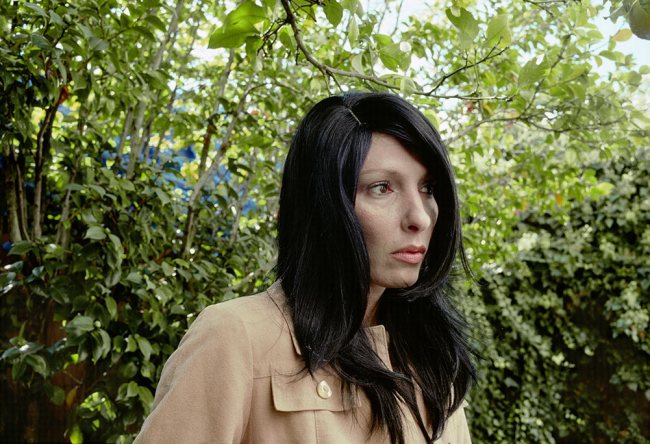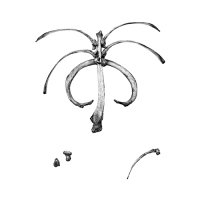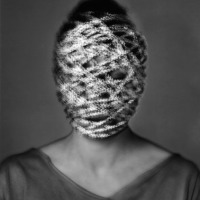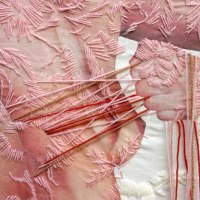© Lise Sarfati, Gina #23, from the series She, 2005
© Lise Sarfati, Sloane #12, from the series She, 2005
© Lise Sarfati, Christine #04, from the series She, 2005
“The people in Lise Sarfati’s pictures never seem to be doing much of anything. They hang out, smoke cigarettes, sit on their beds, pour themselves coffee. They are usually alone, and most of them are women. They seem to be waiting. Will something happen to amuse or interest them?
[…]
Sarfati has said: “Perhaps adolescence is the only true time of life.” She has also stated: “I like doubles, like mothers and daughters, or sisters, or reflections. This represents my research in women’s identity. . . . I am interested in fixing that instability.” What Sarfati calls her photographic “research” into the “instability” of women’s identity has evolved in the course of three distinct projects, conceived as a totality. The first project, Immaculate (2006-07), looked at the rarefied world of Catholic girls’ schools surrounded by gardens (“like Eden,” Sarfati notes). The children who attend these schools are protected in a kind of cultural bell jar; they seem strangely, even disturbingly untouched, and separated from the concerns of the world outside.
[…]
Sarfati’s current project, She, in a sense doubles the stakes of her investigation into familial pairings: it revisits the two sisters, now a few years older, alongside their mother, Christine, and her sister, Gina. Sloane and Sasha no longer live with their mother; now each girl shares an apartment with other roommates in Oakland. Gina too lives in Oakland, while Christine lives in Los Angeles, pursuing a singing career. Sarfati is careful to point out that though her two last series share two subjects, they are different projects. Here, no one is photographed with anyone else; everyone is seen alone, in her own space. Sarfati is interested in the implied drama enacted here between the two younger women and two older women. The mood of these pictures, in less expert or sensitive hands, might recall the emotional level of a soap operaone has the sense that the issues are ongoing, as they are on TV dramas. Though there are anxieties and real competitiveness manifested in the way they all dress and comport themselves, we also sense an emotional cohesion among these four women. They look as though they belong to the same tribe, will stick together, are conscious of one another, worry about one another.”
excerpt of Sandra Phillips’ article “Lise Sarfati, She”, published in Aperture Magazine 194 Spring 2009
To see more of Lise’s work click here










